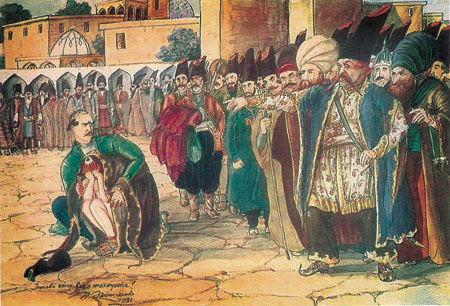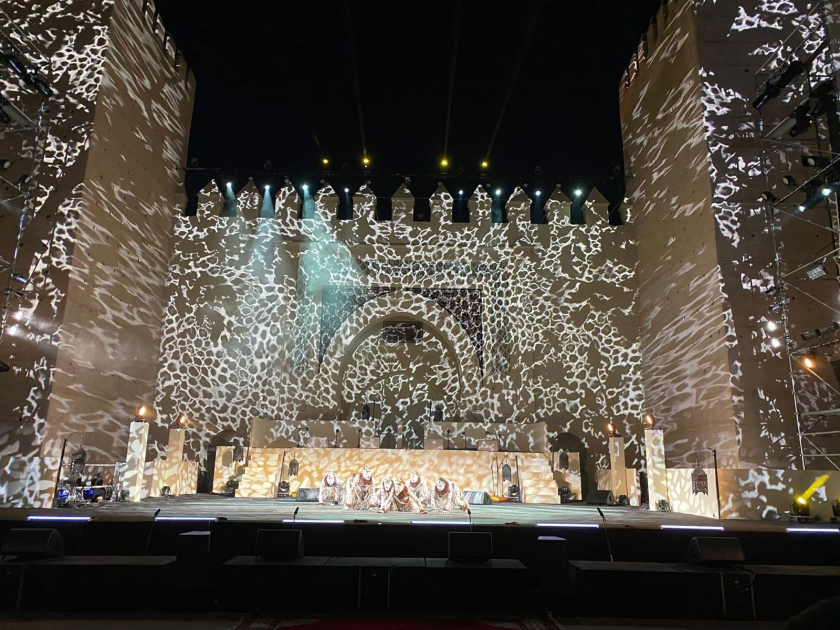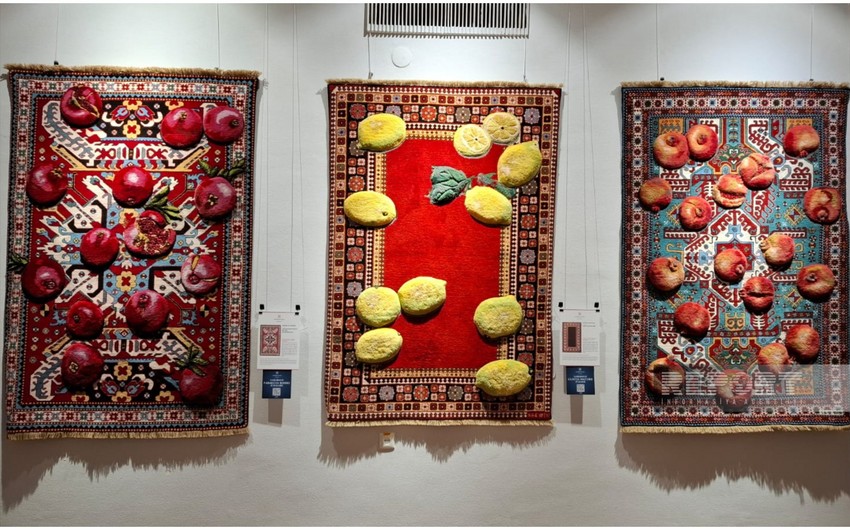The founder of Azerbaijani caricature art, People's Artist Azim Azimzadeh, opened a new path in Azerbaijani painting. Today, everyone approaches his name. A new generation of artists benefits from his traditions.Azim Azimzadeh was born on May 7, 1880 in the village of Novkhani. Despite his father's objections, he received his primary education at a Russian-Tatar school.
“EDnews ” reports that today 145 years have passed since the birth of People's Artist Azim Azimzadeh.
Throughout his creative work, he benefited from the traditions of the centuries-old Tabriz Azerbaijani miniature school and the Russian painting school. The artist published his works in the famous "Molla Nasr" magazine. Since 1906, he has been publishing satirical graphic caricatures in the pages of “Molla Nasreddin”, “Zanbur”, “Tuti”, “Kelniyyat” and other magazines, laying the foundations of Azerbaijani satirical graphics.
The main themes of A. Azimzadeh’s works were social contrasts, customs and the life of the people. In his works, he used corrective images, sometimes with sharp humor, sometimes with soft sarcasm, to set off satire. In his works such as “Dog Wrestling”, “A Man Beats His Wife”, “On the Water” he spoke out against women’s rights and injustice by revealing the inner faces of types belonging to specific social groups.
The artist also laid the foundations of the art of book graphics with his illustrations for the “Hophopname” of the satirical poet Mirza Alakbar Sabir.His sketches of costumes and decorations for theaters gave a special impetus to the development of Azerbaijani painting.
The artist's first solo work, which has been exhibited in a number of museums around the world for centuries, was established in 1940. At the first exhibition in Baku, the audience saw more than 200 works by the artist. In 1942-1943, A. Azimzadeh was a teacher at the Azerbaijan Art College, and in 1932-1937, he was the director of the Economic Development Department.
Azim Azimzadeh died in Baku on May 15, 1943.The Azerbaijan State Art School and one of the streets in Baku are named after him. The artist's house-museum has been established in the house where he lived.
Madina Mammadova\\EDnews










